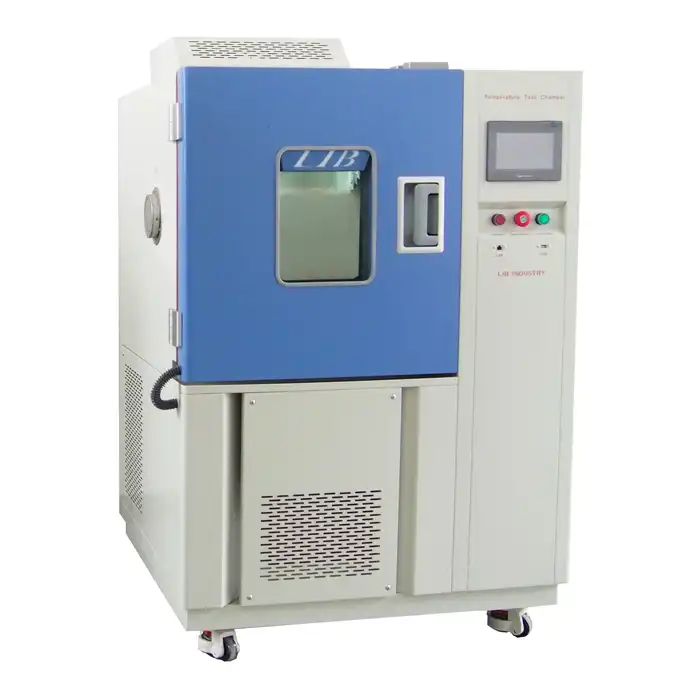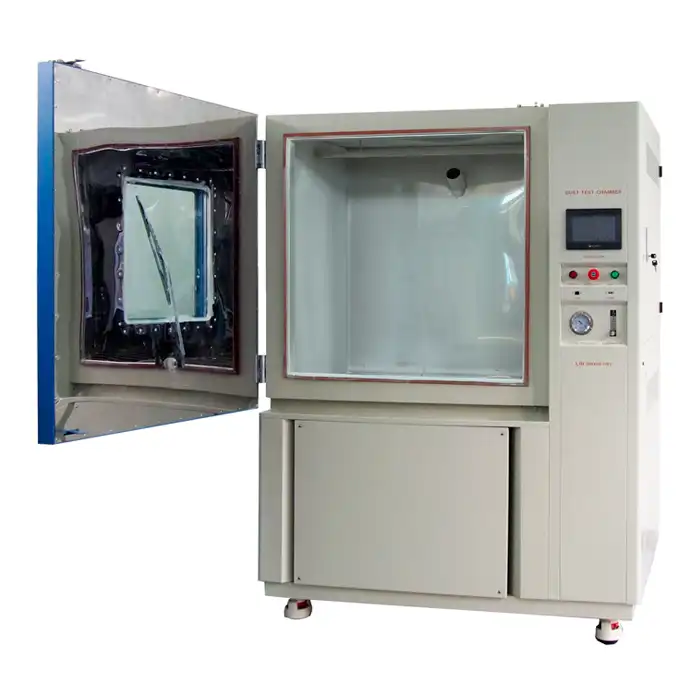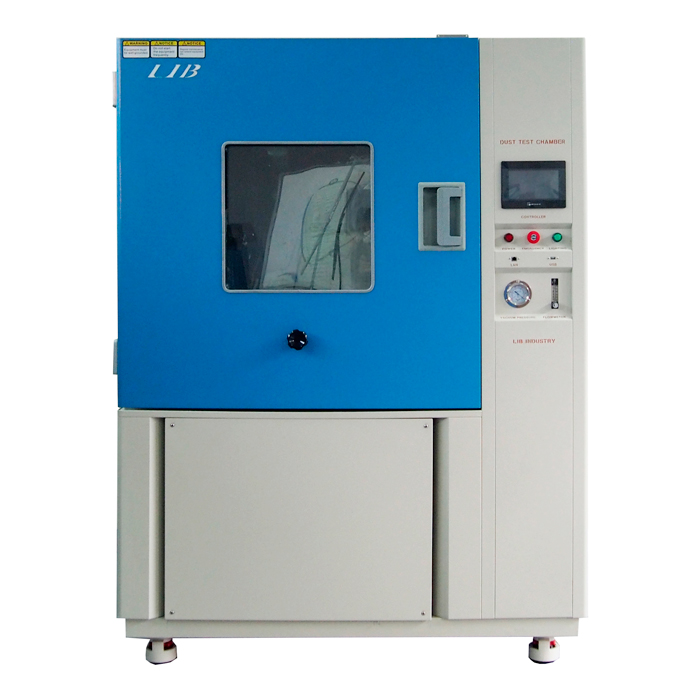What are common applications for a small humidity chamber?
Little mugginess chambers play a vital part in different businesses, advertising exact control over natural conditions for testing, investigate, and quality affirmation purposes. These compact gadgets have gotten to be vital apparatuses for producers, analysts, and quality control experts over numerous divisions. In this comprehensive direct, we'll investigate the assorted applications of small humidity chambers and how they contribute to item improvement, logical investigate, and quality control forms.

Research and Development Applications
Small humidity chambers are invaluable assets in research and development settings, providing controlled environments for various scientific and engineering studies.
Material Science Research
In material science, small humidity chambers are crucial tools for testing how materials perform under different moisture conditions. By subjecting materials to controlled humidity levels, researchers can study changes in properties such as strength, flexibility, and durability. This testing provides valuable insights into how materials react to moisture, guiding the development of new materials or the improvement of existing ones for applications in various industries, from construction to electronics.
Pharmaceutical Development
In the pharmaceutical industry, small humidity chambers are crucial for testing drug stability and packaging integrity in a range of environmental conditions. By mimicking variations in temperature and humidity, these chambers help to preserve the safety, effectiveness, and potency of medications throughout their shelf life. This testing is essential to meeting regulatory requirements and guaranteeing patient safety.
Electronics Prototyping
During the prototyping stage, electronics manufacturers use small humidity chambers to evaluate how moisture affects the functionality, dependability, and lifespan of electronic components. These chambers allow designers to detect possible weaknesses and produce products that are more resistant to environmental influences, guaranteeing improved performance in real-world scenarios, by mimicking different humidity levels.
Quality Control and Testing
Small humidity chambers are crucial components of quality control procedures in many different industries, guaranteeing that goods fulfill strict requirements and function as planned in a range of environmental circumstances.
Automotive Component Testing
Small humidity chambers are used in the automotive industry to assess how long interior materials, upholstery, and electronic systems will last under various moisture conditions. These chambers help manufacturers evaluate how parts will function over time by simulating various environmental conditions, such as high humidity or dampness. By ensuring that automotive parts continue to be dependable and functional even in harsh or fluctuating weather conditions, this testing improves the quality and lifespan of vehicles.
Packaging Evaluation
Manufacturers of packaging materials rely on small humidity chambers to evaluate the effectiveness of moisture barriers in their products. This is essential for industries like food and pharmaceuticals, where maintaining the integrity of packaging ensures the preservation of freshness, potency, and safety. By simulating various humidity conditions, manufacturers can test how well packaging resists moisture, preventing spoilage or degradation and ensuring products remain in optimal condition throughout their shelf life.
Consumer Electronics Durability Testing
Small humidity chambers, which mimic a variety of environmental conditions from dry to humid climates, are used by consumer electronics manufacturers to test how well their products function under various humidity levels. This testing guarantees that gadgets like wearables, laptops, and smartphones continue to be dependable and functional in a variety of environments. Manufacturers can create more robust electronics and lower the possibility of environmental factors leading to malfunctions or performance problems by knowing how moisture impacts their products.
Specialized Industry Applications
Beyond research and quality control, small humidity chambers find unique applications in several specialized industries, contributing to innovation and product improvement.
Aerospace Industry
In the aerospace sector, small humidity chambers play a crucial role in testing the performance of aircraft components and materials exposed to varying atmospheric conditions. By simulating diverse environmental scenarios, such as extreme humidity and temperature fluctuations, these chambers help ensure the durability and functionality of aerospace equipment. This testing is essential for maintaining the safety, reliability, and optimal performance of aircraft in different global climates, from humid tropical areas to arid desert regions.
Textile Industry
Textile manufacturers use small humidity chambers to assess how fabrics perform when exposed to varying moisture levels. These tests are essential for developing materials with enhanced moisture-wicking capabilities, making them more breathable and comfortable for end users. Additionally, humidity testing helps evaluate the colorfastness of dyes and the durability of fabric treatments, ensuring that textiles maintain their appearance and quality even in high-humidity environments.
Food Industry
Small humidity chambers are essential for researching the shelf life of goods and packaging materials in the food industry. Food scientists can better understand how moisture affects product quality, texture, and flavor over time by using these chambers to simulate different humidity levels. This information is crucial for figuring out the best storage conditions and creating cutting-edge packaging solutions that preserve freshness, increase shelf life, and guarantee food safety in a variety of environmental settings.
Conclusion
Small humidity chambers are versatile tools with applications spanning numerous industries. From research and development to quality control and specialized industry uses, these devices play a crucial role in advancing product quality, safety, and innovation. As technology evolves, small humidity chambers will continue to be essential in developing products that can withstand diverse environmental conditions, ultimately benefiting consumers and industries alike.
Contact Us
Are you looking for high-quality small humidity chambers for your research, testing, or quality control needs? LIB Industry specializes in providing turn-key solutions for environmental testing, including state-of-the-art small humidity chambers. Contact us today at info@libtestchamber.com to learn more about our products and how we can help you achieve precise environmental control in your applications.
References
1. Johnson, A. R., & Smith, B. T. (2019). Applications of Humidity Chambers in Materials Science Research. Journal of Material Testing, 45(3), 278-295.
2. Lee, S. H., et al. (2020). The Role of Small Humidity Chambers in Pharmaceutical Stability Testing. International Journal of Pharmaceutical Sciences, 12(2), 156-170.
3. Zhang, Y., & Wang, L. (2018). Humidity Control in Electronics Manufacturing: A Comprehensive Guide. Advanced Electronics Manufacturing, 7(4), 412-428.
4. Thompson, R. K., et al. (2021). Environmental Testing in the Automotive Industry: Challenges and Solutions. Automotive Engineering Review, 33(1), 89-104.
5. Garcia, M. E., & Patel, N. (2017). Moisture Barrier Properties of Packaging Materials: Testing Methods and Industry Standards. Journal of Packaging Technology, 22(3), 201-215.
6. Anderson, C. L., & Brown, D. R. (2022). Advancements in Humidity Chamber Technology for Aerospace Applications. Aerospace Materials and Testing, 18(2), 145-160.



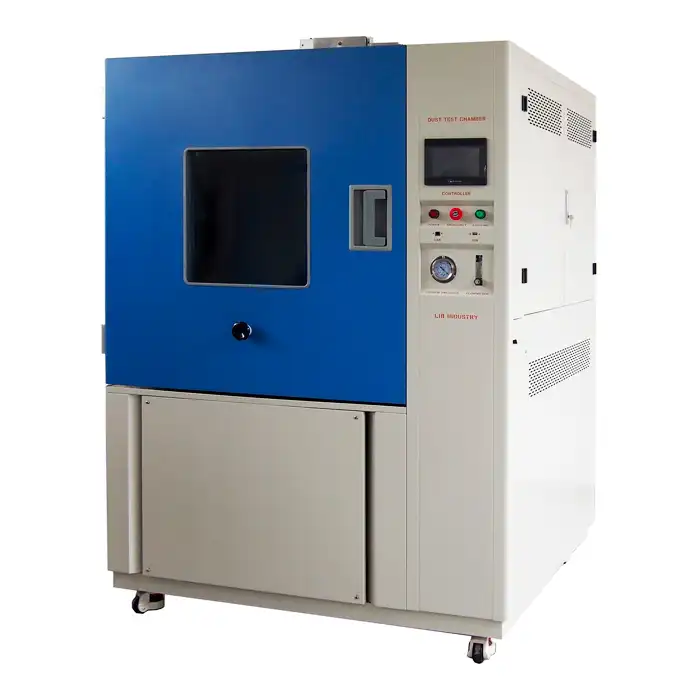
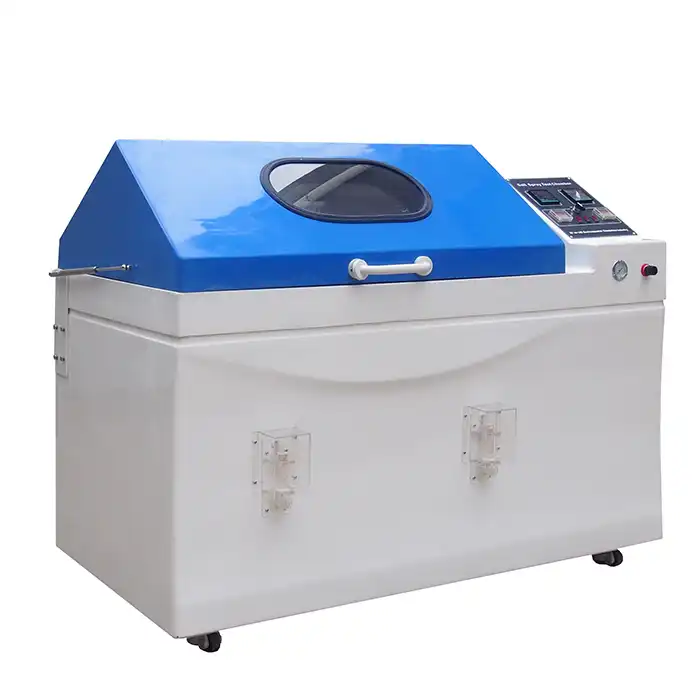
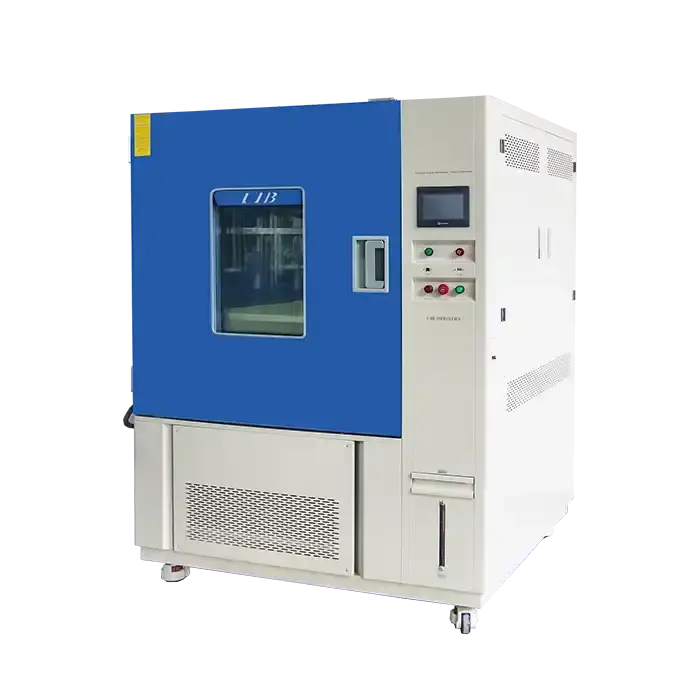
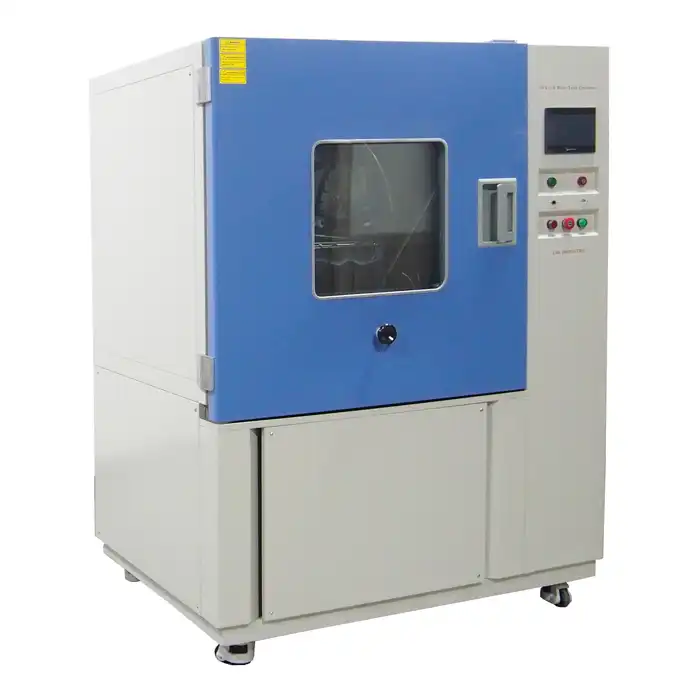
.webq.jpg)
